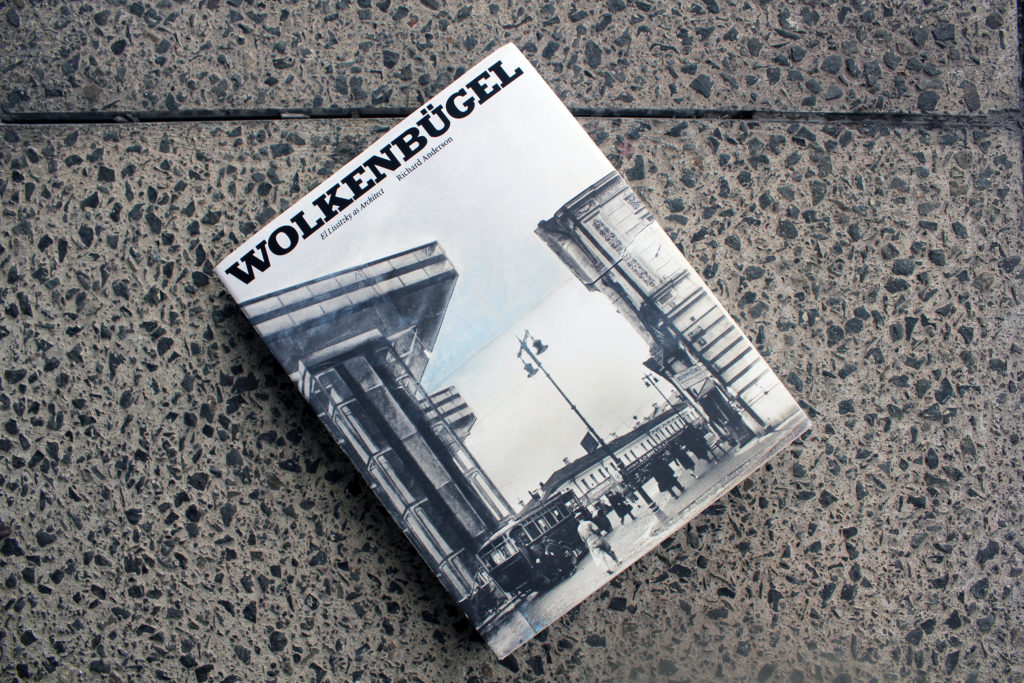After achieving international acclaim as a painter and designer, El Lissitzky set out in 1924 to convince the world—and himself—that he was also an architect. He did this with a project for a “horizontal skyscraper,” which he gave an obscure and untranslatable name: Wolkenbügel. Eight of these buildings, perched atop slender pillars, were intended to stand at major intersections along Moscow’s Boulevard Ring, integrating the flow of tramlines, subways, and elevators. In Wolkenbügel, Richard Anderson explores Lissitzky’s translation of visual and textual media into spatial ideas and offers an in-depth study of the surviving drawings and archival artifacts related to Lissitzky’s most complex architectural proposal.

My role as copy-editor involved working directly with the author to prepare the manuscript and extensive image captions to be delivered to the designer. In the case of Richard’s book, the process was made all the more enjoyable by the quality of his writing and his wonderfully compelling subject.
Designed by Studio Mathias Clottu
Published by The MIT Press, spring 2024